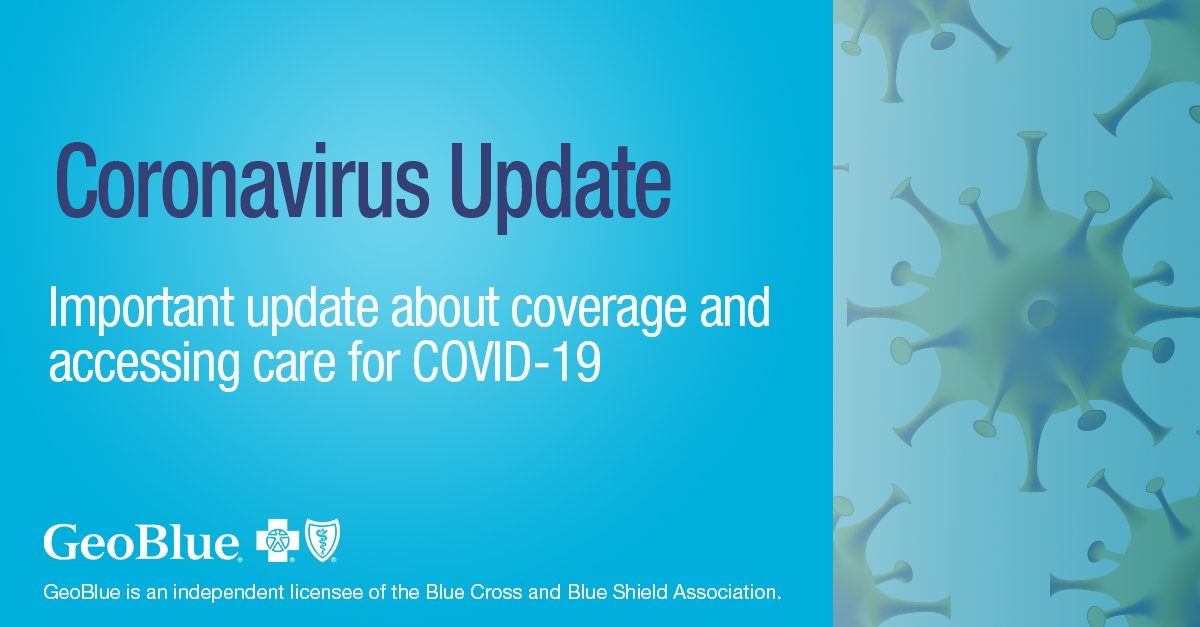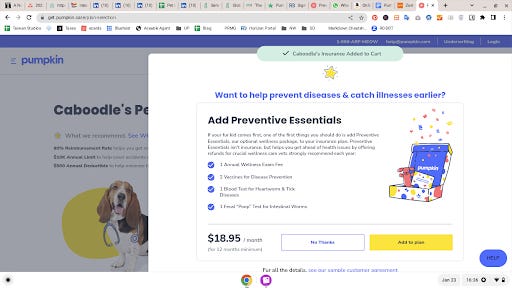
When it comes to health insurance, Idaho offers its residents a number of options. The state is home to numerous carriers, including Blue Cross of Idaho, Regence Blue Shield of Idaho, Molina, and PacificSource. Idaho also provides Medicaid, a federally supported program for individuals with low income. Medicaid offers free or low-cost coverage to those who are eligible.
The Affordable Care Act (ACA) also has a large impact on the state's residents. If you qualify for a premium tax credit, you may be able to reduce your monthly premium. Alternatively, you can purchase an off-market plan from an insurance broker. Before you make your final decision, be sure to understand the pros and cons of each option.
Idaho has three main metal classes or tiers of health insurance. Each class has plans with different features. For example, the Silver plan is for moderate needs and the Gold for chronic conditions. A Silver class plan will provide coverage for 70% of your medical bills, while a Golden class plan will provide coverage for 80 percent.

The bronze level covers 60 percent of your medical bills and is the cheapest. Your monthly premium, however, will be greater than for the Gold class. Similar to the gold class, silver will have lower deductibles or copayments.
Idaho's largest population is actually covered by individual-market policies. To put this in perspective, the monthly average premium for an individual state health plan is $231. It's a good deal when you compare it to the cost for a benchmark plan. However, it is not an excellent deal if your goal is to get a more comprehensive coverage.
The ACA also established a number new rules for insurance. The ACA requires all insurance companies to provide coverage for preexisting conditions. They also have to provide all necessary benefits. An HSA (health savings account), can be used to cover eligible medical expenses. Finally, all insurance plans must conform to the ACA rules governing coverage.
The Affordable Care Act allows Idaho residents to shop for new plans. The November open enrollment period is for the ACA. You have 60 days to cancel or change your existing plan. This makes it easy for those who don’t like their current coverage make the switch.

Of course, the most important piece of news is that you can apply for Medicaid. This federally funded program offers basic health care and dental services to low income individuals. These benefits include doctor visits, immunizations, and hospitalization. You'll also be able to get vaccines for your kids.
An individual insurance policy may be the best option for you, depending on your financial situation. The best plan for you will depend on your personal health and whereabouts. Shop around to find the best plan. Also, remember that there are special enrollment periods available in case you lose your coverage.